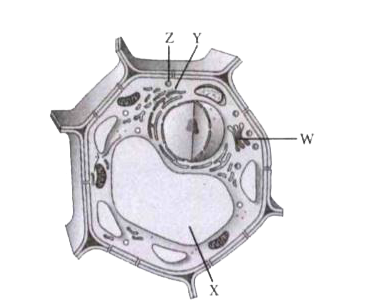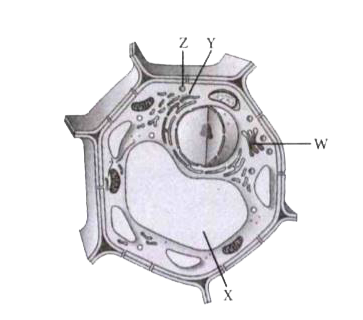Membrane-bound organelles are absent in :
Saccharomyces
Streptococcus
Chlamydomonas
Plasmodium
The correct Answer is:B
Step-by-Step Solution:
1. Understanding the Question: The question asks which of the given options lacks membrane-bound organelles. Membrane-bound organelles are structures within a cell that are enclosed by membranes, such as the nucleus, mitochondria, and endoplasmic reticulum.
2. Identifying Cell Types: There are two main types of cells: prokaryotic and eukaryotic. Prokaryotic cells (like bacteria) do not have membrane-bound organelles, while eukaryotic cells (like fungi, plants, and animals) do.
3. Analyzing the Options:
- Prokaryotes: These are unicellular organisms and lack membrane-bound organelles. Examples include bacteria.
- Eukaryotes: These include organisms like fungi (e.g., Saccharomyces), green algae (e.g., Chlamydomonas), and Plasmodium. All these organisms have membrane-bound organelles.
4. Evaluating Each Option:
- Saccharomyces: This is a fungus and is eukaryotic, so it has membrane-bound organelles.
- Streptococcus: This is a type of bacteria and is prokaryotic, meaning it lacks membrane-bound organelles.
- Chlamydomonas: This is a green algae and is eukaryotic, so it has membrane-bound organelles.
- Plasmodium: This is a parasite and is also eukaryotic, thus it has membrane-bound organelles.
5. Conclusion: The only option that lacks membrane-bound organelles is Streptococcus, which is a prokaryote.
Final Answer: The correct answer is Streptococcus.
---
- Prokaryotes: These are unicellular organisms and lack membrane-bound organelles. Examples include bacteria.
- Eukaryotes: These include organisms like fungi (e.g., Saccharomyces), green algae (e.g., Chlamydomonas), and Plasmodium. All these organisms have membrane-bound organelles.
- Saccharomyces: This is a fungus and is eukaryotic, so it has membrane-bound organelles.
- Streptococcus: This is a type of bacteria and is prokaryotic, meaning it lacks membrane-bound organelles.
- Chlamydomonas: This is a green algae and is eukaryotic, so it has membrane-bound organelles.
- Plasmodium: This is a parasite and is also eukaryotic, thus it has membrane-bound organelles.
Topper's Solved these Questions
Similar Questions
Knowledge Check
Membrabe0bound organelles are absent in
APlasmodiumBSaccharomycesCStreptococcusDChlamydomonasMembrane bound organelles are absent in
APlasmodiumBSaccharomycesCStreptococcusDChlamydomonasAn eukaryotic cell possesses true nucleus bounded by nuclear membrane. Other membrane bound organelles are also present in an eukaryotic cell.

Organelle Y isAmembrane-lessBsmallest known particleCribonucleoproteinDall of these
An eukaryotic cell possesses true nucleus bounded by nuclear membrane. Other membrane bound organelles are also present in an eukaryotic cell.

The covering membrane of X is known as
View SolutionAn eukaryotic cell possesses true nucleus bounded by nuclear membrane. Other membrane bound organelles are also present in an eukaryotic cell.

Which of the following organelles contains hydrolytic enzymes?
View SolutionAn eukaryotic cell possesses true nucleus bounded by nuclear membrane. Other membrane bound organelles are also present in an eukaryotic cell.

identify W,X,Y and Z
View SolutionAn eukaryotic cell possesses true nucleus bounded by nuclear membrane. Other membrane bound organelles are also present in an eukaryotic cell.

Among the organelles W, X, Y and Z which one takes part in storage, modification and packaging of various materials?
View SolutionSingle membrane bound organelles are
View Solution